From GF University, learn how to prep clean old cabinets, furniture and woodwork for a new finish.
The most critical step of a furniture refresh happens before you open a can of stain or paint; it starts with cleaning and sanding. Some companies promote their products as "no prep." There's no such thing. Skip this step and the finish may fail. The General Finishes standard for a successful finish is it must adhere well and stand the test of time.
STEP 1. PREP CLEAN
We prefer using a 50:50 mix of denatured alcohol and water because it does not contain phosphates like many commercial cleaners do, and it is inexpensive, readily available and does not require rinsing before prep sanding.
Cleaning an existing finish removes dirt, grime and many common contaminants, such as oil from hands. These everyday contaminants prevent good adhesion, which may result in chipping, peeling and flaking - all signs of a failed finish.
STEP 2. PREP SAND
Prep sand an existing finish with a 220 sanding pad (our preferred method) or 400-grit sandpaper. Then wipe all dust from the surface with a damp cloth or towel. This further cleans the surface, removing built-up dirt, grime and oil from hands.
BE CAUTIOUS OF CONTAMINANTS
Dusting sprays containing silicone will also impact the appearance and adherence of a new finish. Silicone is almost impossible to remove. Oil soaps and wax can also cause adhesion failures.

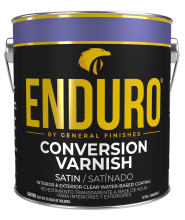 Enduro Water-Based Conversion Varnish
Enduro Water-Based Conversion Varnish
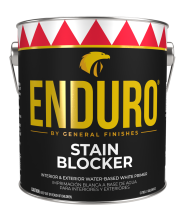 Enduro Water Based Stain Blocker Primer
Enduro Water Based Stain Blocker Primer
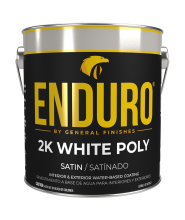 Enduro Water-Based Tintable 2K White Poly
Enduro Water-Based Tintable 2K White Poly
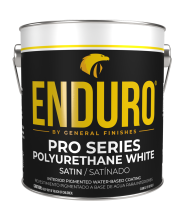 Enduro Water-Based Pro Series White Polyurethane
Enduro Water-Based Pro Series White Polyurethane
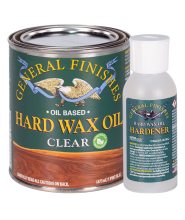 Hard Wax Oil & Hardener
Hard Wax Oil & Hardener
 Gel Stains
Gel Stains
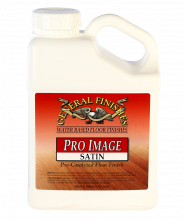 Pro Image Flooring Topcoat
Pro Image Flooring Topcoat
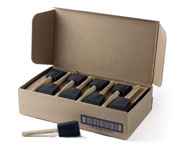 Jen Poly Brushes
Jen Poly Brushes
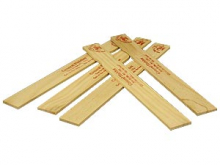 Stir Stix
Stir Stix
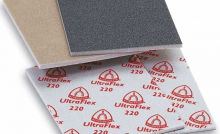 Ultraflex Softback Sanding Sponge
Ultraflex Softback Sanding Sponge

